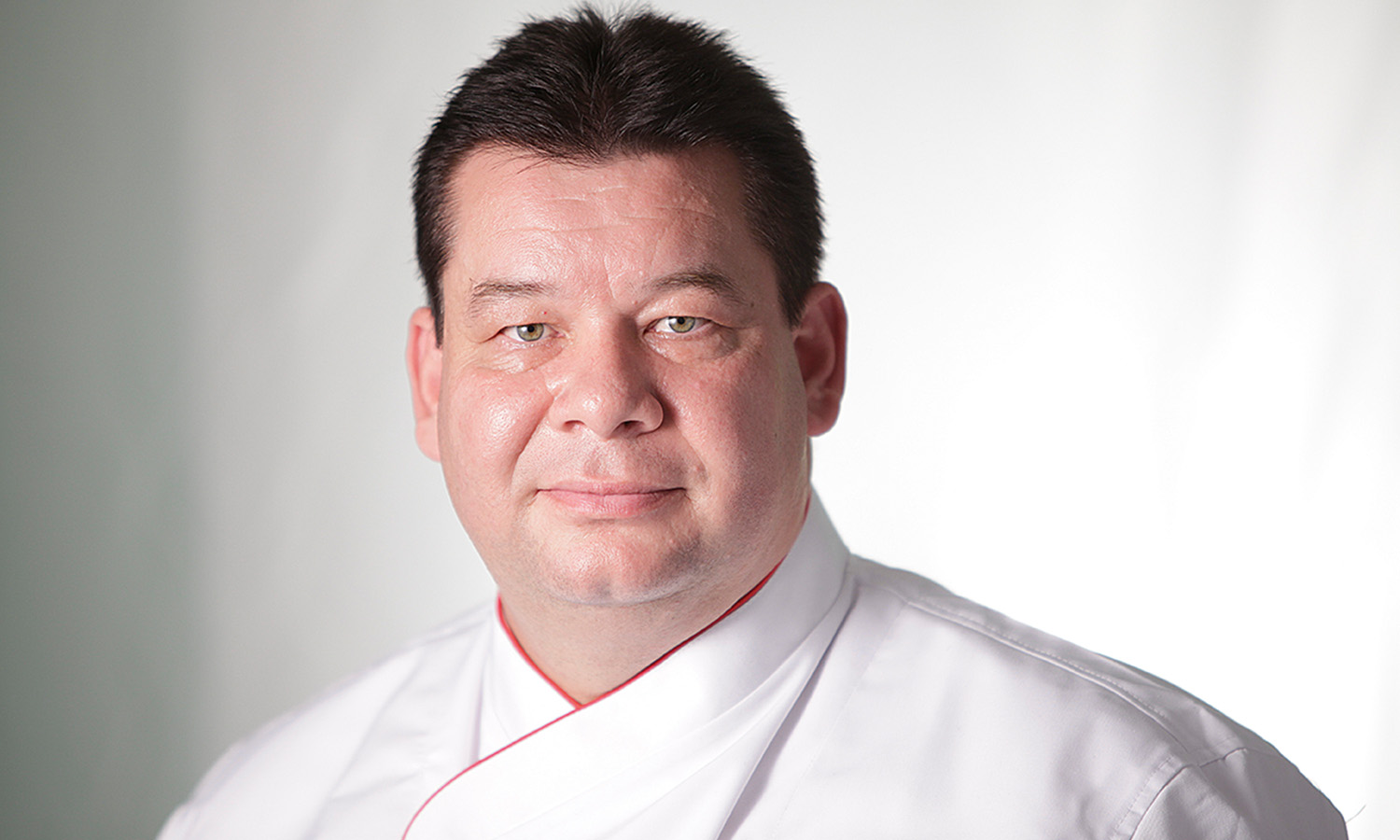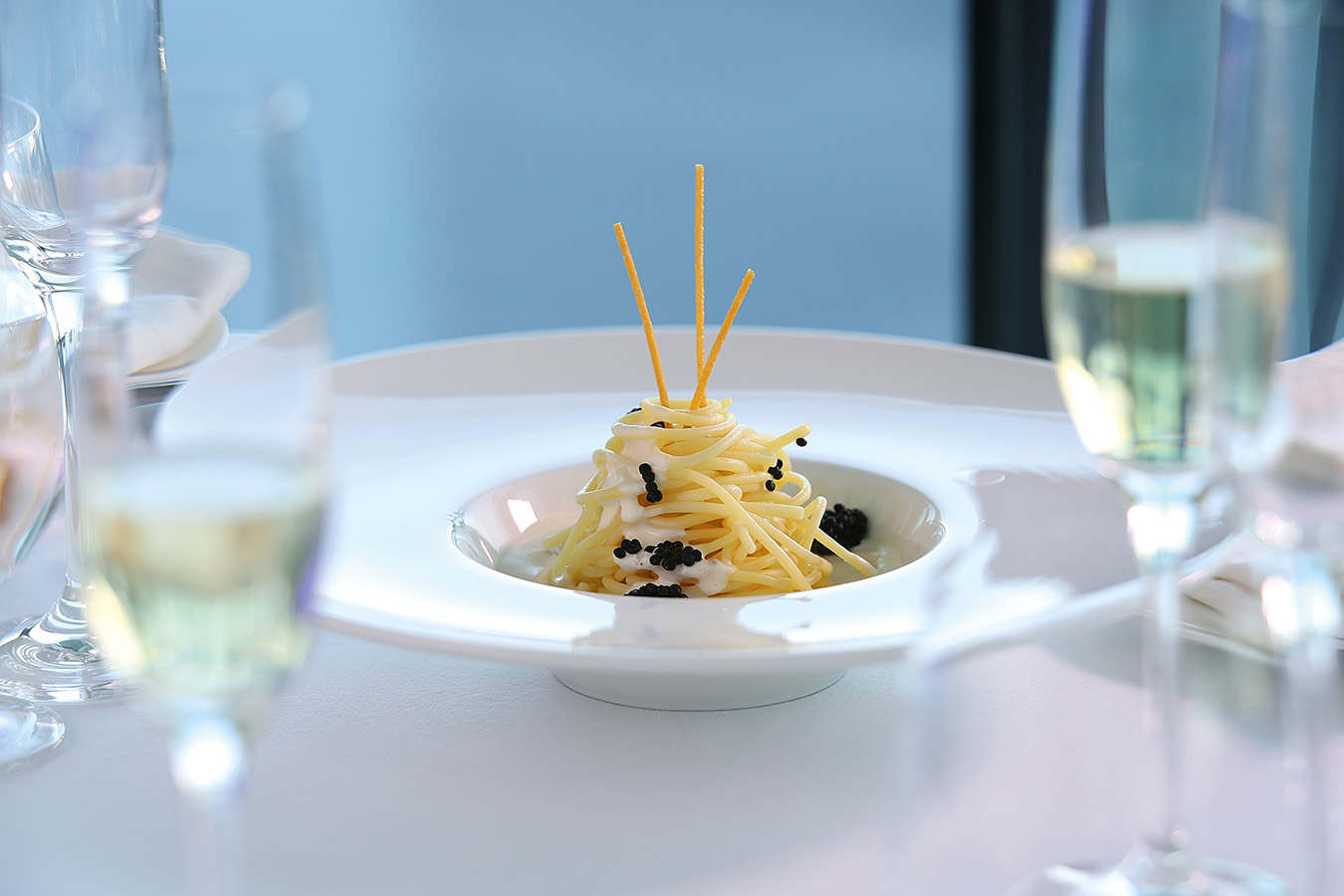United Arab Emirates
The science and logistics behind in-flight food
Ulherr was already familiar with the pleasures of cooking fresh food sourced from his grandparents’ garden and didn’t immediately recognise the gloopy substance staring back at him. “It looked bad. It smelled bad. And it took me a long time to eat.”
How times have changed. Airline food no longer resembles prison rations and Ulherr has progressed through the world’s great kitchens and is now the corporate executive chef for Etihad Airways. Since joining the award-winning airline he has focused on taking its food to the next level. Improvements across the industry have been driven by three things: advances in in-flight galleys, competition among airlines and a global food renaissance.
We live in a world that worships food. Celebrity chefs are the new rock stars, cookbooks hog best-seller lists and reality cooking shows spawn like salmon and attract huge global audiences. Serving up lumpy meat and microwaved veggies is no longer an option. The top airlines hire world-class chefs who source only the best produce and wines from around the world and have expert staff prepare and cook much of the menu in the air. “At Etihad we don’t compare ourselves to other airlines,” says Ulherr of the United Arab Emirates’ national carrier. “We look at restaurants and hotels for inspiration.”
That means changing the entire menu every season. It means working with 700 chefs to produce consistent meals in a string of industrial kitchens. It means stocking in-flight pantries with premium produce – caviar, Moët, rib-eye, grain-fed chicken – so that first class guests can order whatever they want, whenever they want. It means vegetarian meals and hot and cold dessert options are now standard for economy guests. It means Ulherr may work on signature marmalade for three years before it’s ready to fly.


It also involves understanding the science of food. Part of the reason plane food used to taste so bland is that altitude blunts our taste receptors. It also changes the acidity and alters the flavour of different foods in different ways. This needs to be precisely calculated and compensated for in each and every dish. A pinch of spice can make a world of difference in the sky. “A recipe that works well in a restaurant may not work at all in the air, so we are always testing and asking, Will it fly?” explains Ulherr, standing and displaying his generous belly to demonstrate a personal commitment to research and development.
Asked to share a favourite recipe, he picks an exotic beauty: creamy tom yum spaghetti with farmed Abu Dhabi caviar. Like many good recipes it has a story behind it. Ulherr originally dreamt it up to impress a wealthy sheikh who routinely ordered caviar on his Etihad flights. It was a daring departure but the sheikh heartily approved.
On first glance it’s an unusual composite of international cuisine: tom yum is Laos’ famous spicy soup; spaghetti, of course, is all Italy; and caviar originates in the Black Sea. But in a way the dish represents the ultra-cosmopolitan and lavishly wealthy UAE. After all, this is a country where foreigners account for some 90 per cent of the population and whose capital, Abu Dhabi, is being shaped and styled by international architects and designers. It’s also a city where wealth and status are highly valued, so it’s no surprise to learn that caviar is a popular dish.
Caviar, you may recall, is the preferred snack of that dashing, international man of mystery, James Bond. During On Her Majesty’s Secret Service the British spy deftly dispatches a hefty henchman before snacking on some sturgeon eggs and coolly declaring: “Mmm… Royal Beluga, north of the Caspian.”
Scriptwriters for the next Bond adventure may want to update their cultural references. Abu Dhabi’s farmed Yasa Caviar is steadily gaining a reputation as one of the most coveted in the world. If you can get your hands on some it works wonderfully in a creamy tom yum sauce over spaghetti. Thanks, Thomas Ulherr.


Serves 5
INGREDIENTS
30ml sesame oil
75g lemongrass, white part only, finely diced
150g shallots, cut into rings
1–2 cloves garlic, cubed
10g galangal, finely diced
15g ginger, cubed
75g shiitake mushrooms, cubed
50ml chicken stock
30g Thai chilli paste (or tom yum cube)
650ml cream
Arabic lemon salt, if available (use sparingly)
5 lime leaves
1 large lemon, rind finely grated, reserve juice
1 large lime, rind finely grated, reserve juice
pasta of your choice
30g caviar (or lobster cubes or prawns)
Red chilli oil
15g red chilli, seeded
75g red capsicum, quartered and roasted
50ml olive oil
10ml sesame oil
Green chilli oil
60g fresh coriander, washed, dried and chopped with stems
15g coriander seeds, roasted in olive oil
75ml olive oil
10ml sesame oil
METHOD
Start the sauce the day before you’re planning to serve it. Heat half the sesame oil in a pan and add, in this order, lemongrass, shallots, garlic, galangal, ginger and shiitake mushrooms. Add chicken stock and simmer for 10 to 15 minutes. Process mixture while it is still hot to form a smooth paste. Pass mixture through a sieve. Add the chilli paste then the cream. Season with lemon salt. Simmer for at least five minutes before adding the lime leaves. Let the sauce rest for at least 12 hours.
To make the oils, blend the ingredients for each, rest for four hours then strain through a cloth.
When it comes time to serve, remove the lime leaves from the sauce and simmer until it has slightly thickened.
For the pasta, combine the lime and lemon juice with the remaining sesame oil to make a marinade. Boil the pasta in salted boiling water until al dente. Drain and mix with the marinade. Plate the pasta, add the lemon and lime rind to the thickened sauce and pour over the pasta. Add the caviar, lobster cubes or prawns on top.
Garnish with the red chilli and green coriander oils. Serve.
 (
(














